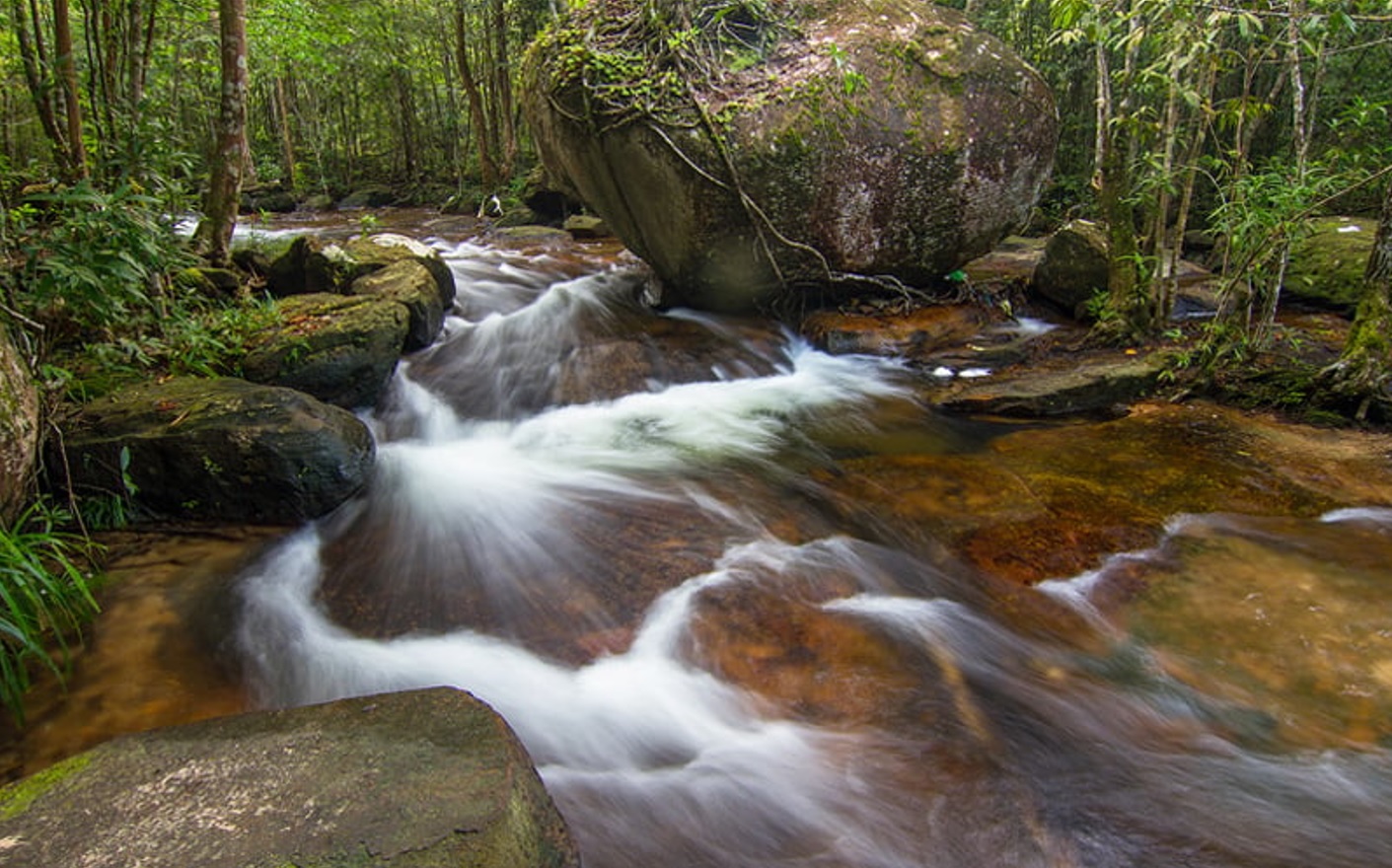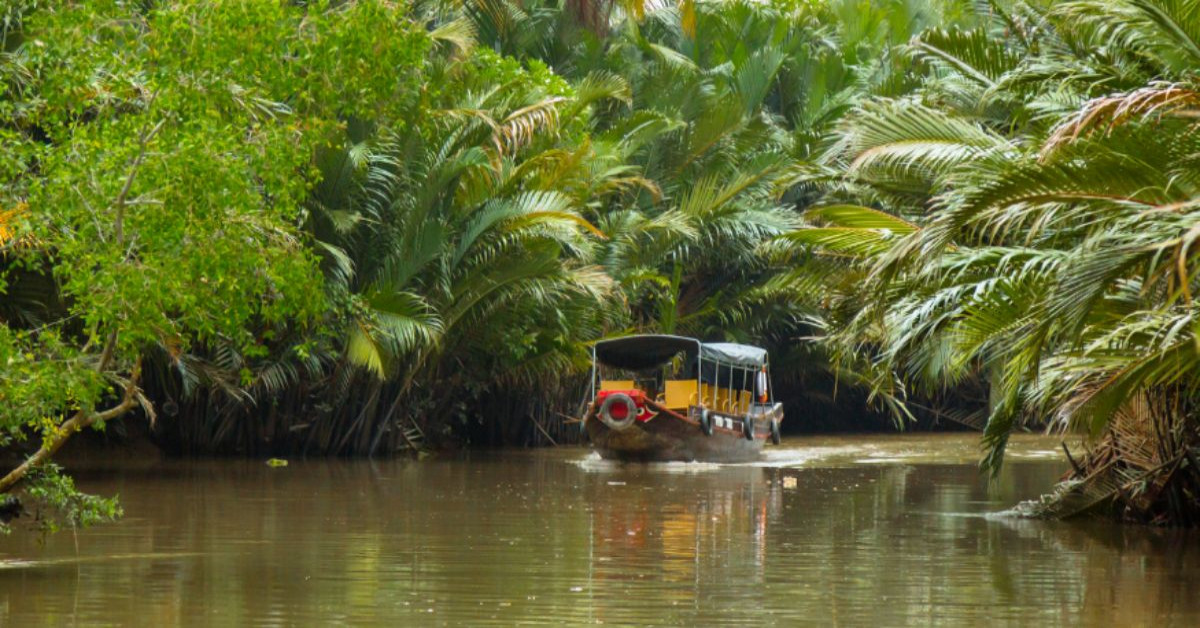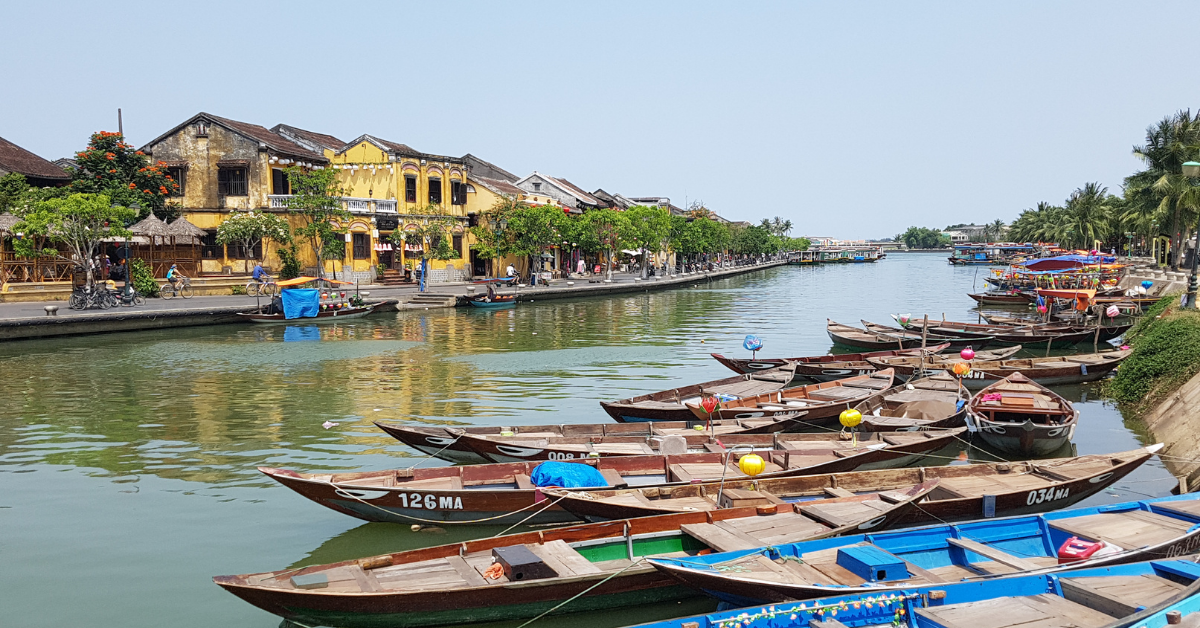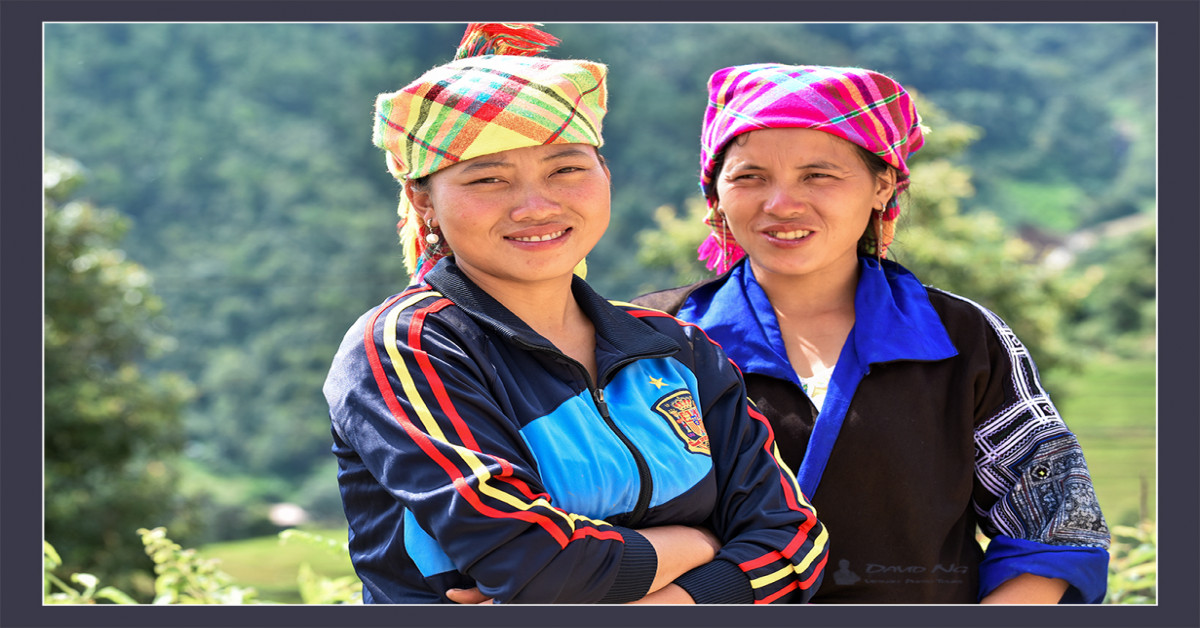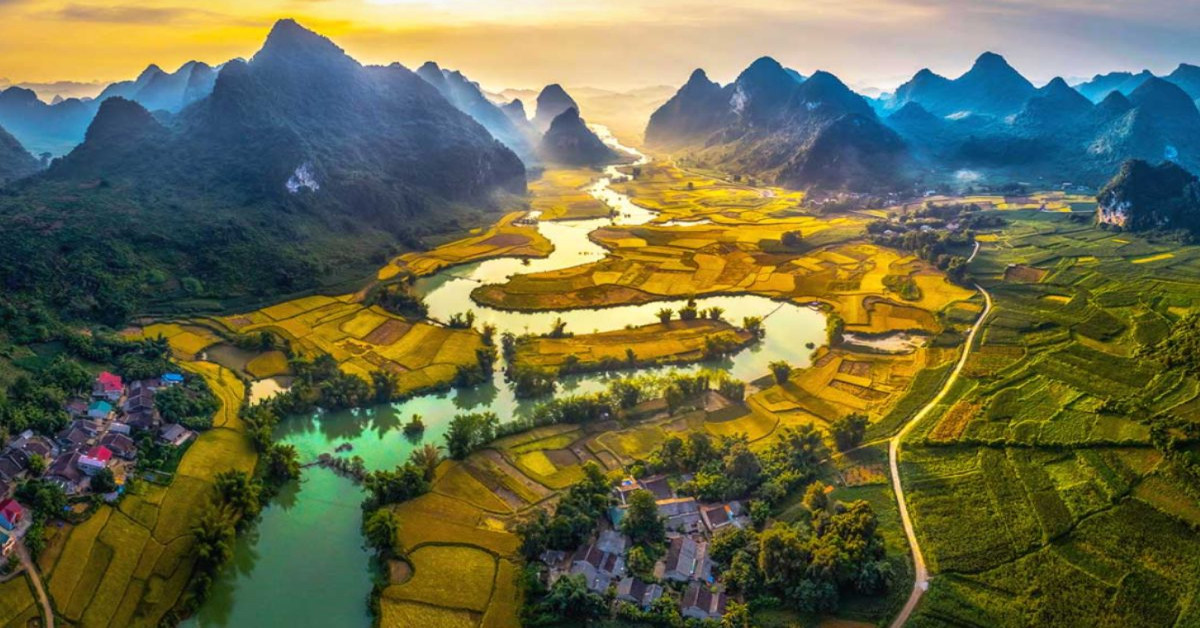Vietnam Weather: Best Time to Explore the S-Shaped Nation
Before setting out on your journey, understanding Vietnam’s weather is crucial. As each region boasts unique climatic characteristics, being aware of these variations will ensure a well-prepared and enjoyable trip.
Throughout the year, weather in Vietnam changes significantly by region. This article provides a detailed overview of Vietnam’s climate to help you determine the best time to visit for your next adventure.
1. General Climate Overview: What to Expect from Vietnam’s Weather?
Stretching from north to south, Vietnam features both subtropical and tropical climates. In the mountainous northern areas, temperatures can dip close to freezing, while the southern provinces offer a warm, tropical feel all year round.
Vietnam’s weather is influenced by two primary monsoon seasons: the Southwest monsoon (May to October) and the Northeast monsoon (October to April). The Southwest monsoon brings heavy rains to the deltas and western slopes but spares the Central region, which remains sunny. Meanwhile, the Northeast monsoon collects moisture from the Gulf of Tonkin and drenches the Central Coast and Eastern Highlands.
Due to varying altitudes and latitudes, temperature differences are stark between regions. The South remains fairly consistent in temperature, while the North experiences distinct seasons. Average yearly rainfall ranges from 1,500 to 2,500 mm, though a small desert-like zone northeast of Ho Chi Minh City receives less than 1,000 mm.

1.1. Hottest Period of the Year
Vietnam’s average temperature fluctuates between 26°C and 33°C. The hottest months vary by region: March to May in the South, and May to July in the North. During these months, ideal destinations include Phu Quoc, Da Lat, Hue, Nha Trang, Ha Giang, and more.
1.2. Coldest Period of the Year
January is the chilliest month, with temperatures occasionally dropping below 0°C in some areas. From December to March, average highs stay under 22°C. For a pleasant trip, consider visiting Hanoi, Ha Long, Lang Son, Sapa, and Phu Quoc.

2. Regional Weather Patterns in Vietnam
2.1. Northern Vietnam
Northern Vietnam experiences a hot, humid summer (April to September) and a cooler, drier winter (October to March). October and November are particularly ideal for visiting due to mild weather and smaller crowds.
.png-image-pdqfwwek.png)
2.2. Southern Vietnam
Southern Vietnam is a sun-seeker's paradise, especially from December to April. Temperatures consistently remain above 20°C, and although the rainy season (May to October) brings showers, they tend to be brief and sporadic.
2.3. Central Vietnam
Central Vietnam’s weather is a hybrid of the North and South. From January to August, the region can get very hot, while the rainy season peaks around October and November. Despite occasional typhoons, flooding is uncommon.

3. Optimal Travel Seasons by Destination
3.1. Phu Quoc
.png-image-pdcfkfjd.png)
The dry season, from October to March, is best for visiting Phu Quoc. Expect pleasant temperatures around 28°C and minimal rain — perfect for beach activities.
3.2. Nha Trang

The months of February through May offer the best weather in Nha Trang, with average temperatures around 26–27°C. For diving, consider visiting in January or October.
3.3. Hoi An
.png-image-qzedjfkk.png)
Hoi An is best visited between February and July. Though summer months can be hot, cool sea breezes and low-rise buildings keep conditions comfortable.
3.4. Da Nang
.png-image-ypcmkflx.png)
Da Nang’s ideal season runs from January to May, with moderate temperatures and little rain. December can also be a good choice due to tapering rainfall.
3.5. Ho Chi Minh City
.png-image-hhextfoy.png)
Visit Ho Chi Minh City from December to April to enjoy dry, sunny weather and fewer domestic tourists. This is also when Tet (Lunar New Year) takes place — a vibrant cultural experience.
3.6. Hue
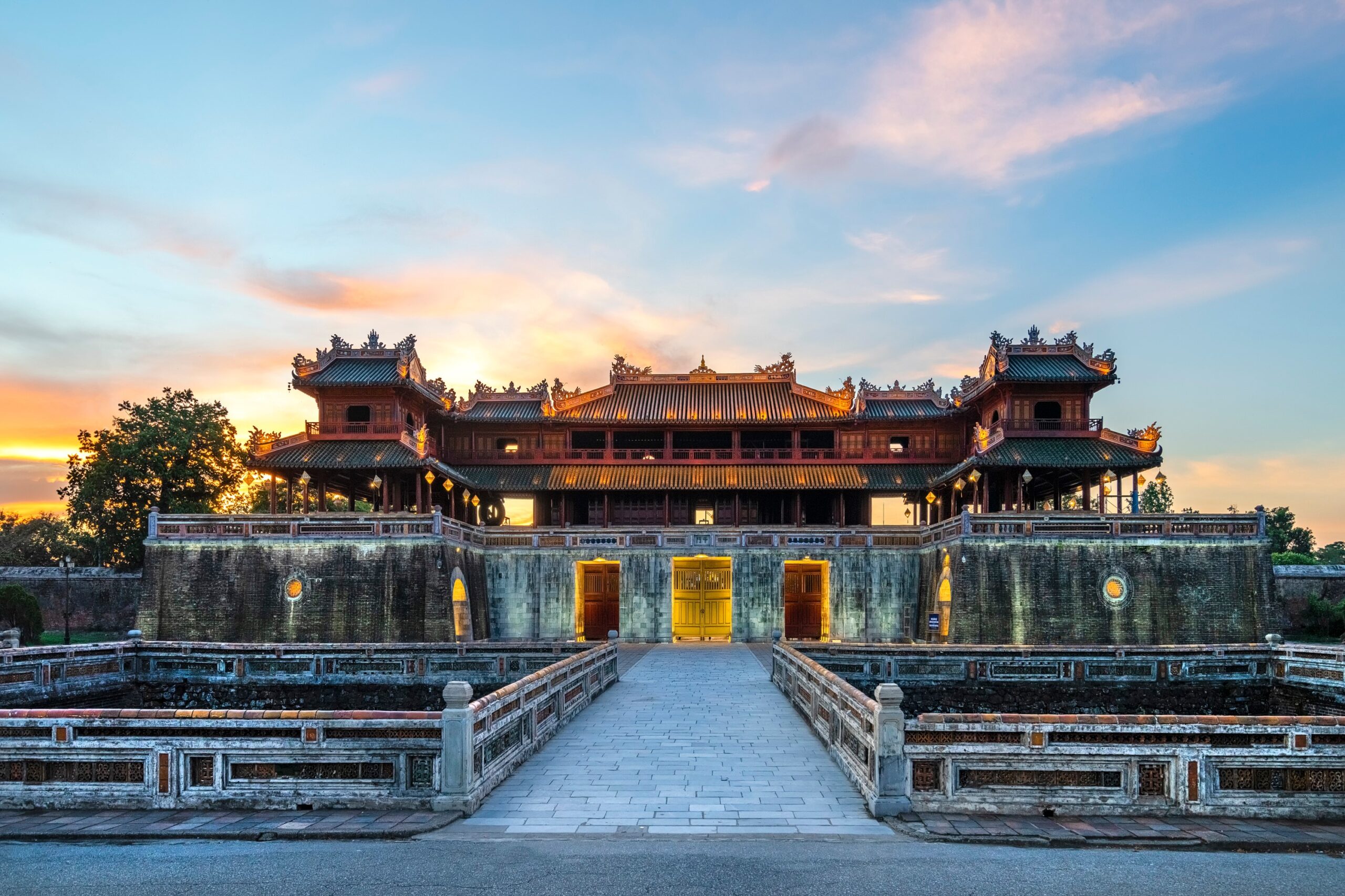
The best months to explore Hue are from July to September, offering a break from humidity. If you're into cultural events, don't miss the Hue Festival.
3.7. Hanoi
.webp-image-rcofemrq.webp)
Hanoi shines in the spring (February to April) and autumn (September to November), with warm days, mild nights, and light showers. Temperatures range from 20°C to 30°C during this period.
This detailed climate guide helps you plan the ideal time to explore Vietnam — from bustling cities to tranquil countryside. Whether you’re curious about intense heat or rainy-day surprises, Vietnam is always worth the trip.
Discover the captivating beauty of Vietnam with our expertly crafted tours that take you through its diverse landscapes, rich history, and vibrant culture. Explore our most popular Vietnam travel packages and experience everything from scenic highlands to tropical beaches:
Why Choose World Mate Travel for Your Vietnam Adventure?
- Carefully selected accommodations from mountain retreats to seaside resorts
- Tailored experiences including cultural encounters, nature hikes, and island getaways
- 24/7 customer support to ensure a smooth and unforgettable journey across Vietnam
Book your Vietnam adventure today and uncover the timeless charm and natural wonders of this incredible country!
Contact Us:
Email: sales@worldmatetravel.com
WhatsApp: +84988660505


